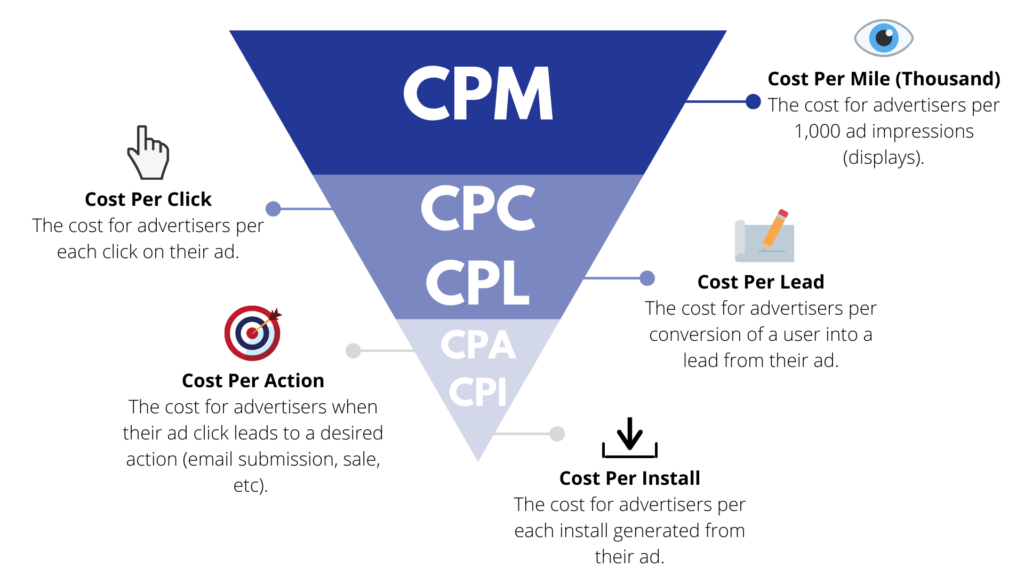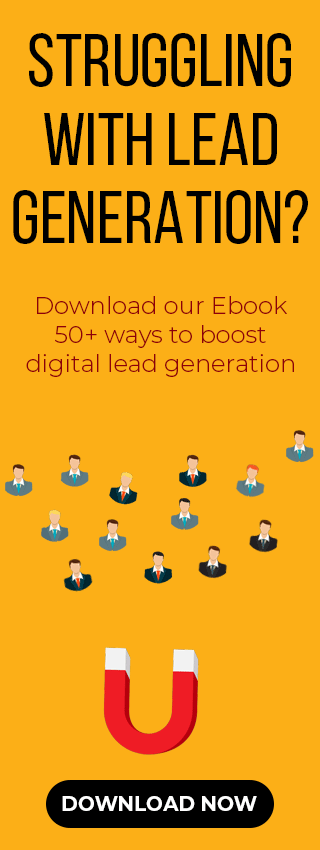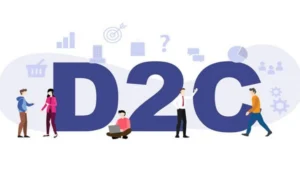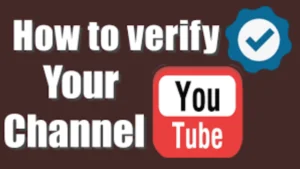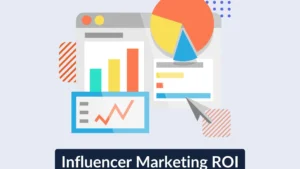Your bidding strategy is crucial for campaign success in online advertising. Every platform offers different ad payment methods such as manually setting your CPC or using smart and automated systems. But success lies in choosing the strategy that best fits your goals and budget.
Most advertisers use automated bidding today. But manual bidding is still helpful for some campaigns like new accounts. And this blog will help you compare different options to choose the best strategy for your needs.
What are the best bidding strategy for the campaign?
Google Ads: Manual vs. Smart Bidding
On one side is Manual CPC which lets you set the maximum price for every keyword. This gives you complete control over your spending.
It’s best for new campaigns or small budgets since it prevents the system from overspending while you test new keywords. But it takes a lot of time because you must constantly monitor and adjust all bids yourself.
On the other side is Google’s Smart Bidding which uses machine learning to let Google automatically set and change your bids instantly to help you reach specific goals. The main Smart Bidding options are:
- Maximise Clicks: The system automatically bids to get you the most website visits within your given budget.
- Maximise Conversions: This strategy works to generate the highest number of sales or leads possible using your budget.
- Target CPA: You specify to Google the average price you are willing to pay for a sale or lead. And AI then aims for that cost.
- Maximise Conversion Value: The system works to maximise your total revenue by paying more for clicks that will probably lead to significant sales.
- Target Return on Ad Spend: This strategy only pays for clicks that are expected to yield a specific amount of money for each rupee spent.
- Target Impression Share: Google automatically sets bids to ensure your ad appears at the top of the search results for a specified duration.
- Manual CPC with Enhanced CPC: This is a hybrid approach where you set the base bid. But Google can raise it slightly for clicks likely to lead to a conversion.
- CPM & CPV: These strategies are used for display and video ads to maximise brand reach and video views instead of immediate sales.
Pros and Cons
Automated Bidding is better because it saves time and gets better results than manual bidding by using live data. But it needs accurate data to work. It won’t perform well if your conversion tracking is wrong or your budget is too small.
Manual Bidding gives you complete control over costs and clarity in spending. But it’s tedious and may cause you to miss key openings that AI could find. Advertisers fix this issue by starting with manual bidding to gather data. Then they switch to Smart Bidding once they have enough campaign history.
Meta Ads: Cost Vs. Bid Cap
Meta ads use a slightly different payment system. The standard option is Lowest Cost bidding. Its system tries to spend your budget for the best results without a specific price cap under this model.
This is great if your goal is high volume with a fixed budget like a new awareness campaign. But you have less control over each result’s price. So Meta might sometimes pay more than you want for a single sale or lead.
Meta offers two main ways to control your costs. Cost Caps and Bid Caps. And here are the basic rules for using them:
- Cost Cap: You instruct Meta to maintain your average CPA at or below a specified price. This provides flexibility up to that goal. It’s great for campaigns that need a fixed cost per result while growing smoothly.
- Bid Cap: You set a strict maximum price that Meta is allowed to bid in any single auction. This is best suited for campaigns that require strict cost control and can tolerate fewer people seeing the ad.
Cost Cap is better when you want to grow your results because it keeps your average CPA steady. Bid Cap is more suitable when cost control is critical and you are comfortable with a smaller audience reach. A Meta expert suggests using Bid Cap for tight control and Cost Cap to scale when you need reliable costs.
Meta also offers Minimum Return on Ad Spend which lets you set the lowest revenue return you can accept for your campaigns. If you track sale values then Meta will automatically focus on getting you premium sales.
Meta lets you set your budget and bidding at either the Campaign level or the Ad Set level which determines budget allocation.
LinkedIn Ads: Bidding for B2B
LinkedIn Ads focuses on a professional audience and offers a simpler bidding system with three main choices:
- Maximum Delivery (Auto-bid): It’s LinkedIn’s recommended default. Their system automatically sets bids to get the best possible results while spending your entire budget. It’s the best option for new advertisers as it saves time and ensures ads reach a smaller and niche audience.
- Cost Cap Bidding: You set the maximum cost for each result. The system then automatically manages bids to keep your average cost near that limit. It’s useful for lead generation when you must control spending. But setting the cap too low may slow down ad delivery.
- Manual Bidding: You set the maximum bid yourself. It provides you with the most cost control which makes it great for small or experimental campaigns. But it also requires more effort and is helpful for expensive LinkedIn auctions.
LinkedIn also offers two new hybrid options in its Campaign Manager:
- Enhanced CPC: This allows you to maintain your manual bid. But their system can automatically raise or lower it slightly to get you more conversions. It’s a mix of manual control and automation.
- Target Cost: You set a specific cost you want for things like clicks or views. LinkedIn will then automatically adjust your bids to stay near that target. But the price might be up to 30% higher on some days.
These tools are for advertisers who want a balance between automatic and manual bidding. A final tip is to generally start with Maximum Delivery to ensure your ads are shown, and then tighten costs with Cost Cap or Manual Bidding only if your spending becomes a concern.
Consider paying more than the suggested bid initially. It’s because LinkedIn uses a system similar to Google’s. It helps your ads appear more often early on so you can lower your bid later. LinkedIn also encourages setting a lifetime budget that is distributed evenly across your campaign to help maintain steady ad delivery.
LinkedIn’s bidding is simple. Simply use Maximum Delivery for general use and spend the full budget. Use Cost Cap for a specific cost per result. And choose Manual Bidding for precise control.
You must ensure your bid is high enough to reach your target audience since LinkedIn costs are generally higher. And Maximum Delivery is the safest way to start.
Bing Ads: The Google-Like Approach
Microsoft Advertising uses a bidding system that is very similar to Google Ads. It supports both manual and automated bidding. And its main strategies are nearly identical to Google’s:
- Manual & Enhanced CPC: You set the highest amount you are willing to bid for keywords. And their system can slightly change that bid to favour clicks that are expected to result in a sale.
- Maximise Clicks and Conversions: These automated modes aim to deliver the most clicks or sales within your budget.
- Target CPA and Return on Ad Spend: You tell Microsoft the target CPA or return on ad spend you want under these automated modes. And the AI works to achieve that goal.
- CPM/CPCV Bidding: It’s used for video and display ads when brand awareness is your goal.
How well a bidding strategy works might be different since the Bing audience is less competitive than Google’s. One major benefit is that Microsoft can import your past data from Google Ads to help its system start learning immediately.
Use automated bidding to save time and benefit from smart learning. But make sure your conversion tracking is accurate. You can use Manual or Enhanced CPC just like you would on Google if you need complete control or are just testing.
A unique feature of Bing Ads is that it has a higher CTR but sometimes lower costs per click CPC due to less competition. Some advertisers on Bing intentionally set lower manual bids to save money while still achieving good performance.
The choice is the same in the end. Automated bidding is powerful but unclear. While manual bidding is transparent it takes effort.
Beyond Google and Meta: Bidding on other Big Platforms
There are many more platforms you can use to reach a wider audience.
YouTube Video Ads generally use:
- Cost Per View: You pay only when someone watches 30 seconds of your video or clicks on it. This is a great way to increase brand awareness and make sure your message is seen.
- Target CPA or Maximise Conversions: If your video ad has a “Shop Now” button then automated systems can focus on getting you clicks or sales just like a Google Search campaign.
Amazon Sponsored Ads uses Dynamic Bidding for products:
- Up and Down Bids: Amazon’s system will automatically raise your bid when a customer is likely to buy and lower it when they are not. This feature is similar to Google’s enhanced CPC and is used to win sales in the best ad spots.
- You can also choose the “Down Only” option where bids only decrease. Or you can select the “Fixed” option where bids never change.
Other platforms like Pinterest follow the same pattern. They let you choose between setting bids yourself or using smart bidding to achieve your goal. So choose whether you want to achieve a specific price goal or let the platform just spend for the best results?
How to Choose the Best Strategy for Yourself
Keep these simple points in mind when choosing your bidding strategy:
- Campaign Goal: Your strategy must match your goal. Focus on impressions with options like Maximise Clicks or CPM. You need conversion strategies like Target CPA or Target return on ad spend for sales and leads. And Maximise Clicks is the best choice for simple website traffic.
- Budget Size and Learning: Start new campaigns with manual control to gather initial data. It’s because automated systems like smart bidding need a certain amount of data to become effective.
- Data Availability: Automated bidding relies on perfect conversion tracking and enough data. If you lack enough sales or lead history then stick to basic strategies until you build a solid foundation.
- Cost Control vs. Volume: Decide whether you need strict cost limits or want to spend your full budget for growth. Use manual control if you need predictable costs. If volume and growth are your priority then use automated strategies to spend your whole budget..
- Platform Differences: Auctions differ on each platform. Google’s Smart Bidding performs best with a generous budget. Setting a bid that’s too low will stop your ads from reaching people on Meta. You may need to bid slightly higher than average to reach LinkedIn’s professional audience.
- Testing and Flexibility: There is no perfect strategy. You must test different options like comparing Cost versus Bid Cap and be ready to switch if one doesn’t meet your goal. Give any strategy at least one to two weeks before deciding if it’s working.
Conclusion
Choosing the right bidding strategy is vital for online advertising. Beginners should start with automated strategies to let AI handle the more complex tasks. Then switch to tighter cost control strategies once your account matures and has collected data. It will help you meet your profit goals.
But the central dilemma remains the same across all platforms. Manual bidding provides great control but requires considerable effort. Automated strategies save you time and deliver better results. But only if you provide them with reliable data and set feasible budget goals.
The most effective strategy is one that directly aligns with your goal and fits within your budget. You can pick the right tool to boost the value of your ad spending by learning what each platform has to offer.
FAQs
Q1. What is the best bidding strategy for beginners?
Use automated strategies like Google’s Maximise Conversions or Meta’s Lowest Cost when you start. They make the setup simple and let the platform optimize your ads while you focus on learning and collecting data.
Q2. When should I use manual bidding?
Manual bidding is best suited for starting new campaigns or using small budgets. It gives you precise control over costs before you switch to automated bidding once you have enough data.
Q3. What’s the difference between Cost Cap and Bid Cap on Meta?The Cost Cap keeps your average CPR steady and allows the system some flexibility to spend. Bid Cap sets a strict maximum limit for every single bid. It provides better control but may prevent your ads from running if the limit is too low.
Q4. Do automated bidding strategies always outperform manual ones?
Not always. Automated strategies are effective when they have enough conversion data and accurate tracking. Manual bidding can be more effective when campaigns lack data or require tight control. The best choice depends on how long your campaign has been running and what your specific goals are.
Also Read:
Best Social Media Marketing Practices for Schools
Top 9 AI To Human Text Converter Tool
Local SEO for Educational Institutes

